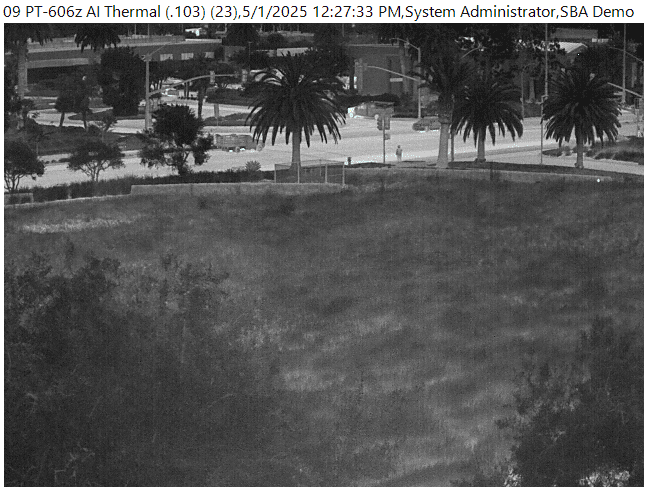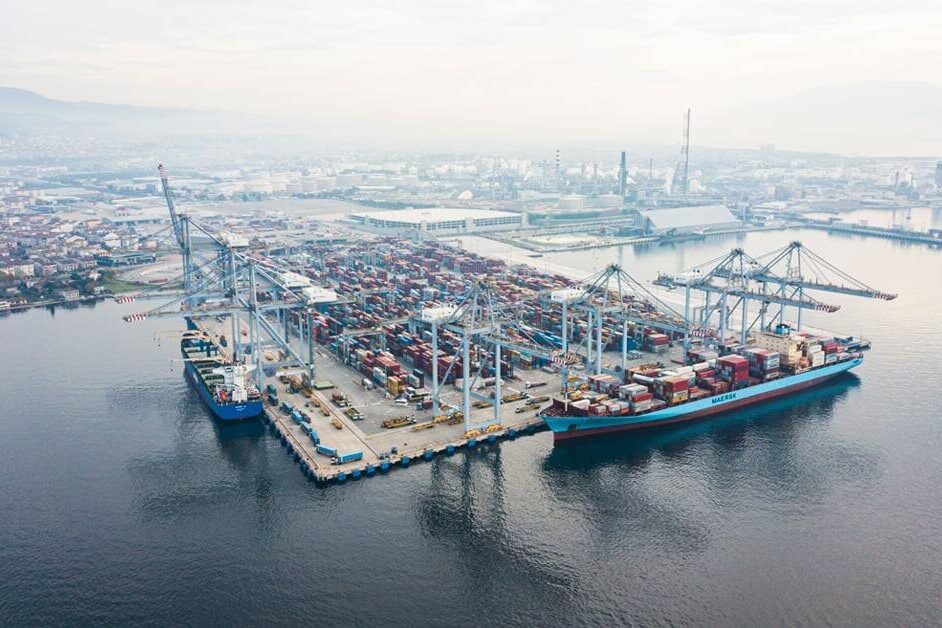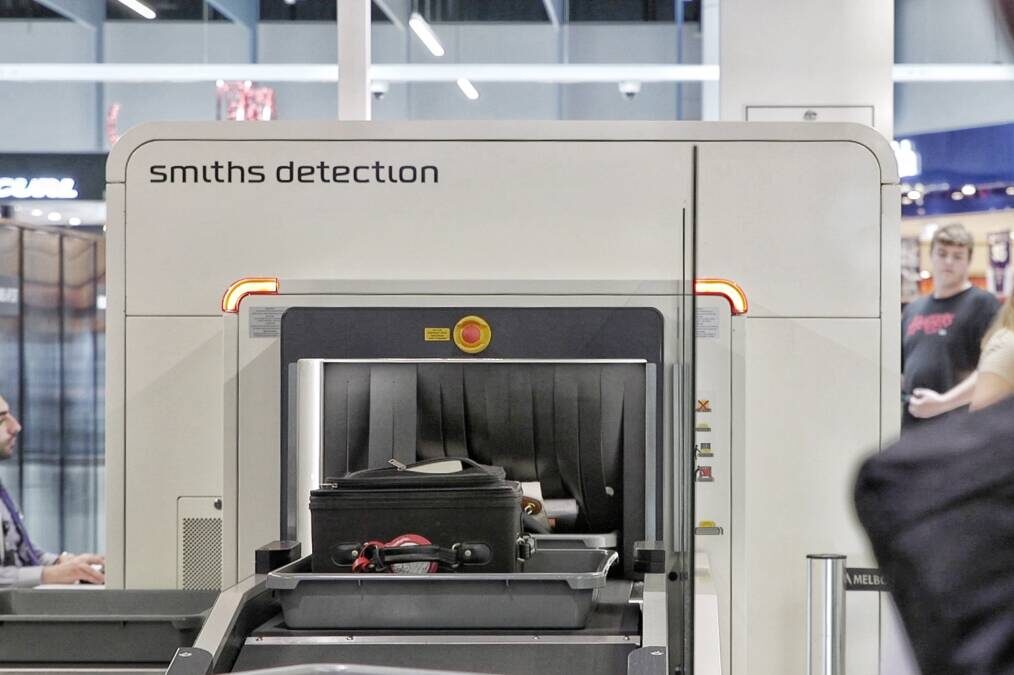Technical Editor for Security Buyer ME, Stefaan Pinck, VP Global Business Development, Sales Traffic & Security at Teledyne FLIR explores perimeter protection in airports.
In more ways than one, airports are the beating heart of the globe’s transportation industry. In 2021, for example—even amid a global pandemic—airports across Europe, the Middle East, and Africa served hundreds of millions of travelers. For example, more than 37 million passengers passed through Istanbul Airport alone. Aside from commercial travel, however, airports are also key points of intra- and international trade. Basically, if an import or export is “light, expensive, fragile, or perishable,” it flies, according to Forbes. In 2021, for example—even amid the international trade crisis directly related to the COVID-19 pandemic—the majority of the United Kingdom’s £29.9 billion of exports and £47.8 billion in imports passed through London’s Heathrow Airport.
When it comes to perimeter security, because airports experience high volumes of commercial traffic and operate as key trade points trade, they also represent one of the world’s most vulnerable critical infrastructure facilities. For this reason, airports should deploy a multilayered perimeter protection strategy, powered by field-proven technologies, in order to prepare for every possible kind of threat.
The Importance of airport perimeter security
In the European Union, critical infrastructure is defined as “an asset, system or part thereof located on EU territory, which is essential for the maintenance of vital societal functions, health, safety, security, economic or wellbeing of people, and the disruption or destruction of, which would have a significant impact on at least two Member States, as result of the failure to maintain those functions,” according to European Parliament Research Service.
Because airports, specifically, are categorised as critical infrastructure, in the United States, they are “mandated to adequately prepare for natural disasters, terrorism, civil disobedience, employee violence, systems failures, pandemics, cyber-attacks, and other forms of human interference, due to their location, geography, and criticality,” according to the US Cybersecurity & Infrastructure Security Agency. Though this mandate doesn’t extend to airports around the world, this approach to airport perimeter security is still vital. And yet, because of the complexity, magnitude, and cost of many PIDS, effective disaster preparedness continues to elude many international airports.
Today’s leading PIDS, however, are designed to secure airport perimeters against every conceivable threat, protecting travelers and trade assets alike, all while guaranteeing return on investment for years to come. Purpose-built to preempt and disrupt potential perimeter intrusions, these end-to-end systems deploy and layer perimeter surveillance devices such as thermal and visible cameras, radar, and artificial intelligence (AI)-enabled video analytics to create system redundancy and guarantee superior situational awareness.
Why opt for multilayered PIDS?
Decades ago, the standard approach to critical infrastructure perimeter protection leaned on visible surveillance cameras and access control. Essentially, if you had access to tarmacs, storage facilities, or employee areas, you could enter them freely via designated entrances; and if you didn’t, it was up to physical guards and/or on-site security personnel monitoring security camera feeds to intervene. Multiple perimeter breaches and security events in the 21st century, however, have proven the importance of a more extensive PIDS.
The September 11 terrorist attacks are the most widely recognisable security incidents related to international airports. Numerous events since 2001, however, have highlighted the importance of airport perimeter security beyond metal detectors, x-ray machines, and explosives trace-detection portal machines.
To read the full feature, see our latest issues tab.


























